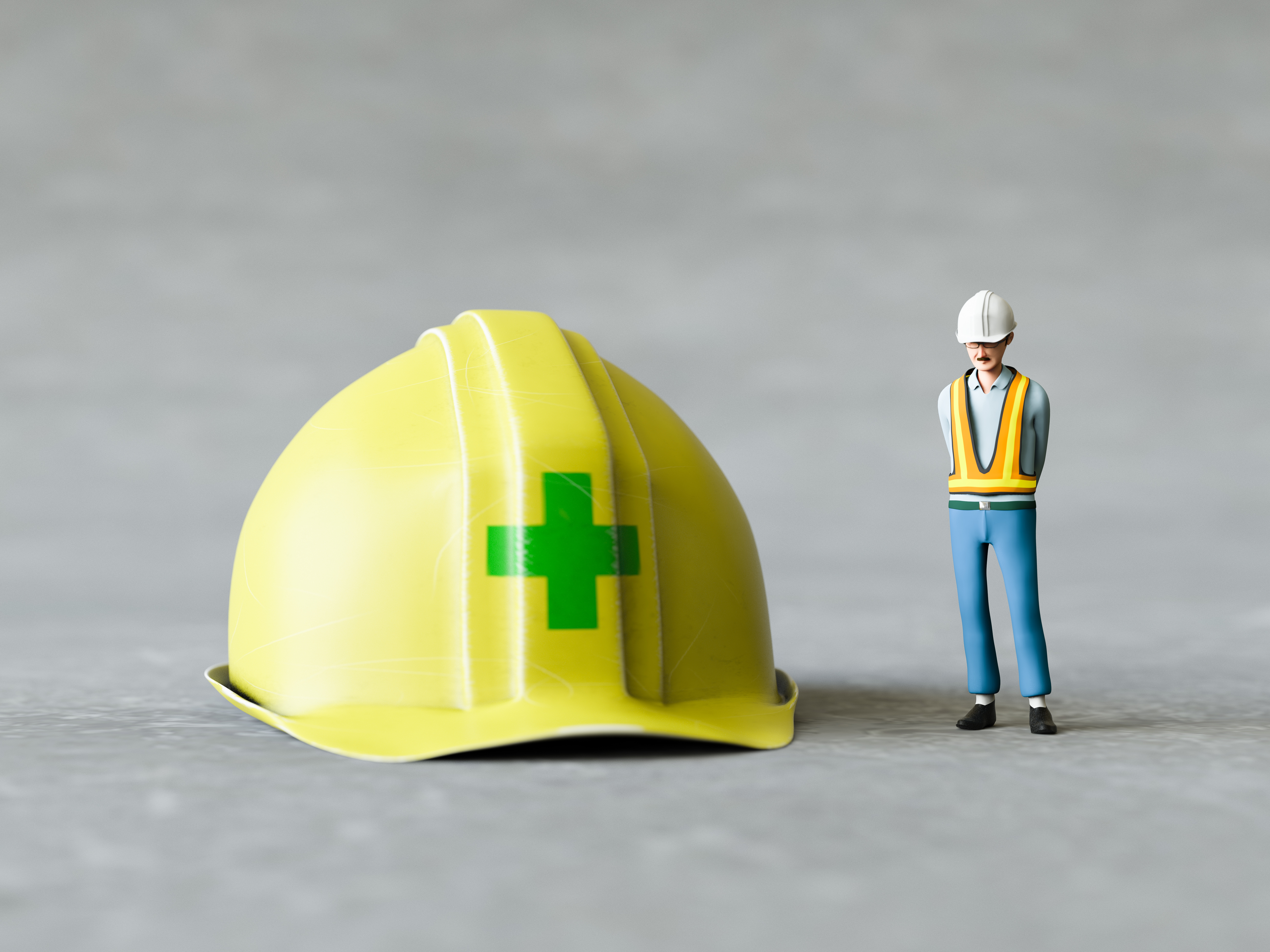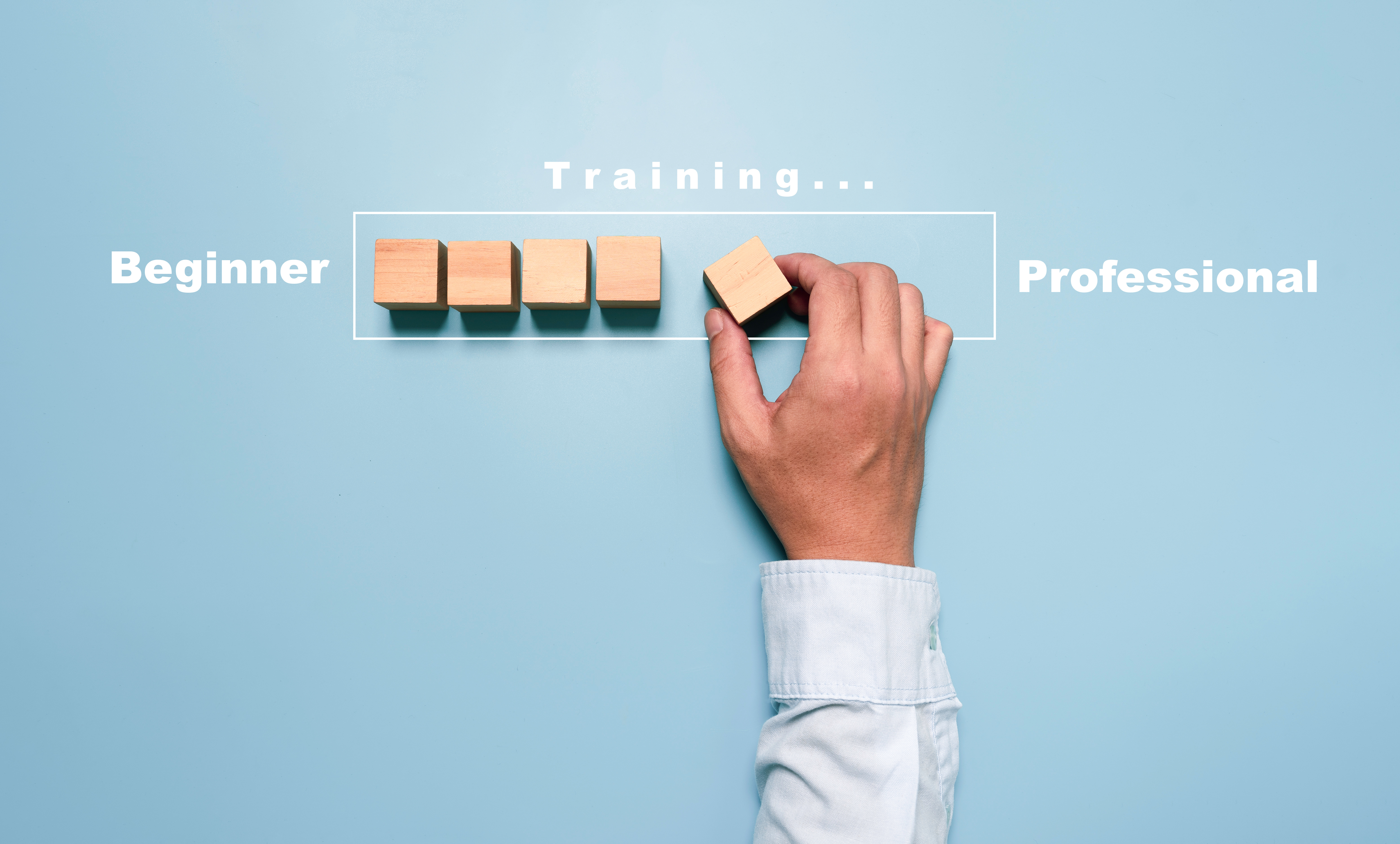In those few moments, a team can tip into panic… or run through simple, well-rehearsed actions that make all the difference.
The truth is, you don’t get good by accident. You get good because you learned, you trained, and—above all—you repeated the same reflexes in varied contexts. That’s exactly what immersive approaches enable: simulating the unexpected with zero risk, sharpening automatic responses, and building a shared culture.
In this article, we propose a five-step alert procedure—STOP, Alert, Protect, First Actions, Receive & Debrief—and, crucially, how to train it: in the classroom, on site, and in immersion (VR/AR). The goal isn’t to pile on theory—it’s to help your teams react better and faster.
Why “training for alert” is anything but optional
If you’ve ever experienced a minor incident, you know the scene: everyone talks at once, the safety zone is forgotten, someone “assumes the call was made.” It’s human. The brain looks for familiar patterns, a known sequence. That’s exactly what training provides: a short, shared, repeatable chain of actions.
Where VR truly changes the game is in making the impossible possible: replaying incidents in varied environments, finely adjusting parameters (noise, weather, co-activity), measuring reaction times, and debriefing with replays. AR, on the other hand, extends training to the field: visualizing the ideal safety perimeter, displaying the shortest route for first responders, and marking meeting points. What was once vague becomes visible.

The 5-step procedure — and how to truly pass it on
1) STOP — cut through uncertainty
The first reflex: stop. Halt all activity, cut off energy sources (electricity, gas), eliminate unnecessary movement. Simple in theory, hard in action.
How to teach it: keep it short and clear — a loud cue (“STOP, shut down, check!”) and a 30-second exercise. In VR, trigger a sound stimulus; the team must stop within 10 seconds. Repeat. Again. Anchor the reflex.
2) ALERT — say just what’s needed, clearly, in 30 seconds
A proper call has three pieces of info: what (incident type), where (address and access), who (name and phone). No epic storytelling, no guesses.
How to teach it: provide tools — an “alert card” (site address, access points, key numbers) and a VR or tablet call simulator. Learners practice speaking calmly for 20–30 seconds. The trainer evaluates clarity, not performance.
3) PROTECT / SECURE — make the danger visible
Mark the area (cones, tape), keep others away, and assign a safety guide to meet responders at the entrance. Precious minutes are often lost here.
How to teach it: on-site, time a cone-run: mark a clear perimeter in 60–90 seconds. In AR, overlay the ideal safety zone; in VR, vary conditions (narrow paths, rain, traffic). Learners instantly see what’s too tight, too wide, or misaligned.
4) FIRST ACTIONS — help without harm
Without first-aid certification, stick to basics: move to safety, cover, reassure, observe. No improvising medical gestures.
How to teach it: set clear rules — an “Allowed / Forbidden” board and micro-scenarios in VR (cut, fall, fainting). Feedback is instant. Mistakes become lessons, not crises.
5) WELCOME & DEBRIEF — support, then learn
Open access, send the guide to the meeting point, keep a contact near the injured person. Afterward, debrief: five honest, kind minutes to note 3 things done well and 1 action to improve within a week.
How to teach it: in VR, simulate the “access corridor.” Replays reveal hesitations, detours, and good reflexes. A structured debrief grid closes the session — no blame, just progress.

A realistic one-hour training session
10 minutes of visual recap (poster or slides), 35 minutes of progressive immersive scenarios, 10 minutes of replay-based debrief, and 5 minutes of personal commitment.
It’s short—on purpose. The key isn’t complex scenarios, but consistency: one onboarding session for newcomers, refreshers every 6–8 weeks (10–15 minutes), and a monthly VR session. Over time, reaction times improve, actions sync up, and the team speaks the same language.
Measure what truly matters (and motivates)
A few key indicators are enough to track skill improvement:
-
Time to STOP: target < 10 s
-
Structured alert (what/where/who in < 30 s): ≥ 90% of trials
-
Clear, compliant safety perimeter: ≥ 95%
-
Smooth emergency access (clear path + guide present): ≥ 90%
-
Participation rate in drills: ≥ 80% of staff
-
Post-debrief action completed: yes/no (target ≥ 80%)
Display these numbers. They become real motivators—visible progress, clear milestones, and shared wins.

So, what do you actually need?
Very little: an A3 “5-Step Procedure” poster tailored to your site (map, contacts), an alert card (badge format) for each team member, a one-page debrief sheet, a short-drill marking kit, and a set of VR/AR scenario templates.
Immersion isn’t meant to replace field training—it complements it, speeds up learning, and makes repetition safer. In the end, what really changes is the mindset: the team dares to practice because the space feels safe, mistakes are “allowed,” and progress becomes visible.
In short
The alert procedure is all about clarity: five steps, a shared language, and regular short drills. Immersive technologies aren’t a gimmick—they turn training into a safe space where mistakes lead to mastery. That’s how good reflexes are built—the ones that protect both people and projects.

FAQ: the questions your teams ask… and that AI engines rephrase
- What is the 5-step alert procedure on a construction site?
STOP — cut and secure; ALERT — what/where/who; PROTECT — mark off and keep others away; FIRST ACTIONS — simple, non-invasive help; WELCOME — guide responders and DEBRIEF in five minutes. - When and how often should we train?
At onboarding, then every 6–8 weeks for a 10–15-minute refresher, plus one immersive session per month. Short, frequent drills beat rare “big events.” - What should you say on the phone during an alert?
Three pieces of info in 20–30 seconds: what (type of incident), where (address, access), who (name, number). Calm and clarity matter most. - Should you mark the area before calling?
If danger is immediate, STOP and secure first (cut power, move people), then alert right after. If not, call first. - Are VR and AR really useful for this?
Yes. VR allows for repetition, scenario variation, and replay debriefs. AR helps visualize the safety perimeter and emergency access routes on site. Both strengthen reflexes faster. - Which indicators show training effectiveness?
Time to STOP, quality of structured alert, perimeter compliance, emergency access fluidity, participation rate, and completion of post-debrief actions. - And what about occupied sites (pedestrians, bikes)?
Plan double marking and assign a guide to manage flows. AR helps test passage widths in real conditions before intervention. - No immersive equipment yet—what can I do?
Start on site: posters, alert cards, short drills. You can add immersion later to scale repetition and measure progress objectively.



